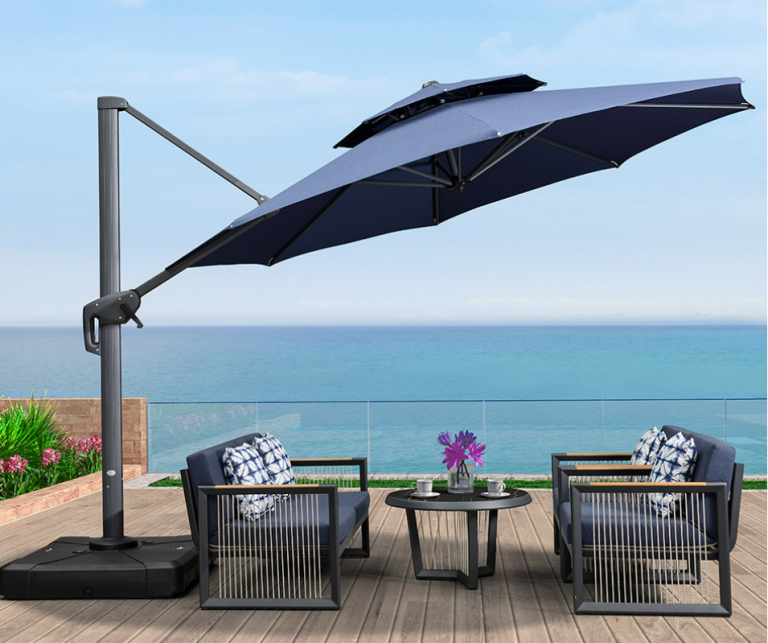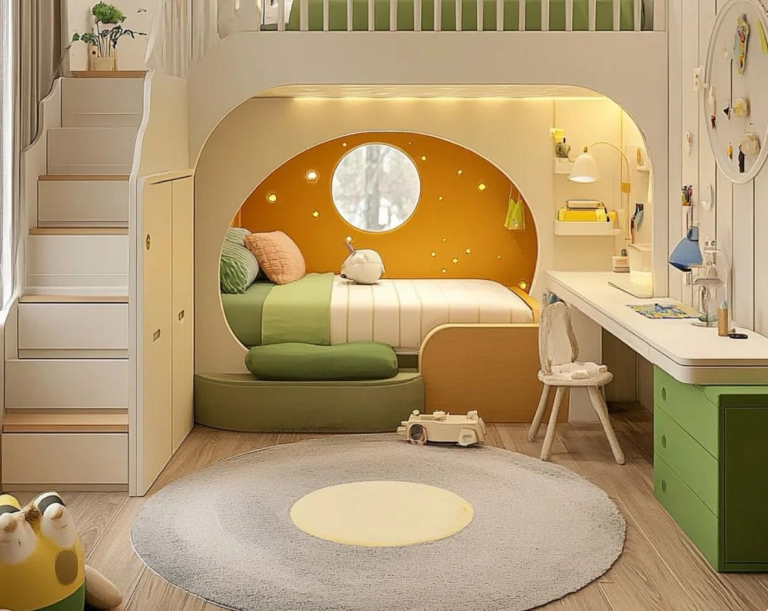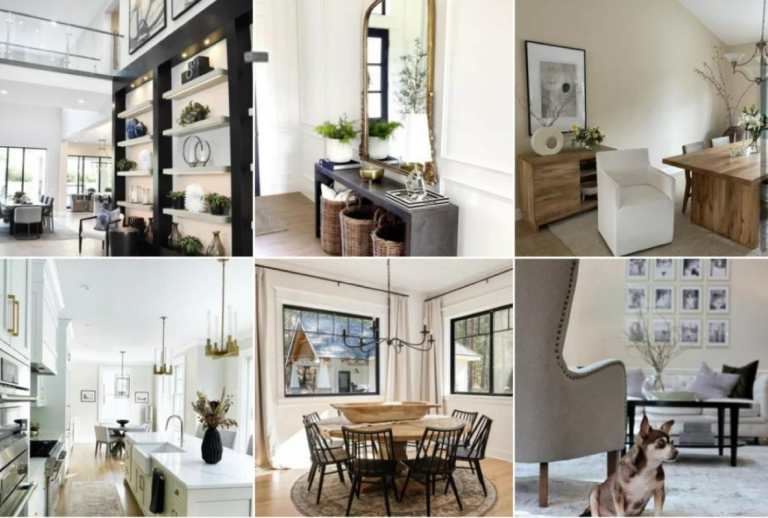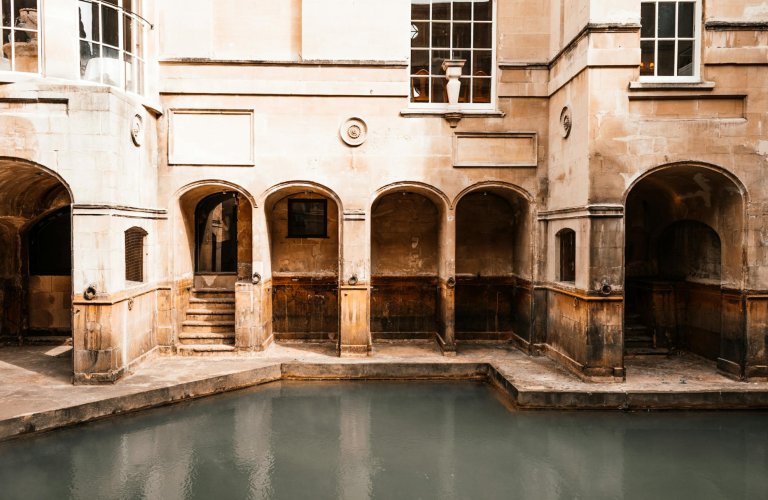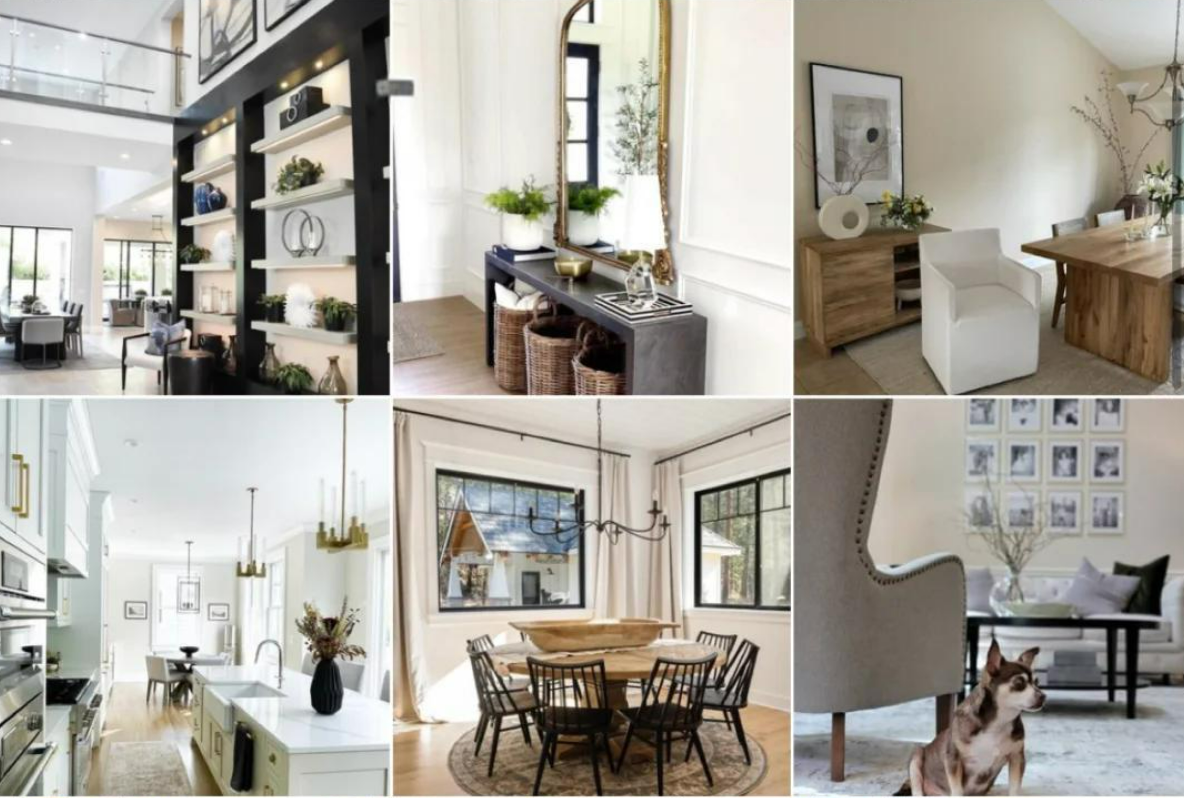

How to Choose Solid Wood Furniture? Remember These Key Points
Introduction: Why Solid Wood Furniture is Worth the Investment
Solid wood furniture isn’t just a purchase—it’s a long-term investment. Unlike particleboard or MDF, real wood ages beautifully, gaining character over decades. But with so many options (and imitations), how do you pick the right piece? This guide breaks down everything you need to know before buying.
1. Understanding Different Types of Solid Wood
Hardwoods vs. Softwoods: Which is Better?
- Hardwoods (oak, walnut, teak): Denser, more durable, and pricier. Ideal for heavily used furniture like dining tables.
- Softwoods (pine, cedar, fir): Lighter and more affordable. Great for decorative pieces or rustic styles.
Popular Wood Types and Their Characteristics
| Wood Type | Best For | Pros | Cons |
|---|---|---|---|
| Oak | Tables, chairs | Extremely durable, prominent grain | Heavy, can yellow over time |
| Walnut | Statement furniture | Rich color, scratch-resistant | Expensive, darkens with age |
| Teak | Outdoor/indoor | Water-resistant, low maintenance | Premium price |
| Pine | Farmhouse decor | Affordable, develops a patina | Soft, dents easily |
2. How to Identify Genuine Solid Wood Furniture
Visual and Tactile Clues to Spot Real Wood
- Grain patterns should be continuous across surfaces.
- Edges and corners will show end grain (not veneer layers).
- Weight: Solid wood feels substantially heavier than composites.
Common Imitations and How to Avoid Them
- Veneer: Thin wood layer over cheaper material (tap to hear a hollow sound).
- Laminate: Plastic coating with printed wood texture (no grain variation).
3. The Importance of Wood Grain and Texture
Why Grain Patterns Matter
- Tight grain (maple, cherry): Smooth finish, modern look.
- Open grain (oak, ash): Textured feel, rustic appeal.
Natural Imperfections vs. Defects
- Knots, mineral streaks: Add charm (expected in solid wood).
- Cracks, warping: Red flags for poor drying/construction.
4. Construction Techniques That Ensure Durability
Mortise-and-Tenon vs. Nail/Glue Construction
- Mortise-and-tenon joints: Interlocking wood pieces (no nails). Lasts generations.
- Dowel or screw joints: Less durable; check for reinforcements.
Checking Joints and Frame Stability
- Wobble test: Gently shake the piece—it shouldn’t creak or shift.
- Drawer slides: Should glide smoothly (metal runners > plastic).
5. Finish and Coating: What to Look For
Oil-Based vs. Water-Based Finishes
- Oil-based (tung, linseed): Enhances grain, needs reapplying.
- Water-based: Eco-friendly, dries faster, less yellowing.
How to Test for Quality Finishing
- Run your hand over surfaces—no rough patches or sticky spots.
- Check for even coloration (no blotchy stains).
6. Weight and Stability: Signs of Well-Made Furniture
Why Heavy Doesn’t Always Mean Better
Some woods (like acacia) are naturally lighter but still durable. Focus on joint strength over sheer weight.
Testing Stability Before Buying
- Sit on chairs/tables—no flexing or squeaking.
- Open/close drawers—no dragging or misalignment.
7. Sustainability and Ethical Sourcing
FSC-Certified Wood: Why It Matters
FSC (Forest Stewardship Council) ensures responsible forestry. Look for the logo!
Reclaimed Wood as an Eco-Friendly Option
- Salvaged from old barns, factories.
- Unique weathering and history (but check for insects/rot).
8. Matching Wood Types to Your Home’s Style
Best Woods for Modern vs. Rustic Interiors
- Modern: Maple, walnut (sleek, minimal grain).
- Rustic: Reclaimed oak, pine (distressed, knotty).
How to Mix Different Wood Tones
- Stick to 3 max in one room.
- Balance warm (oak) and cool (maple) tones.
9. Price vs. Quality: Finding the Right Balance
When to Splurge and When to Save
- Splurge: Dining tables, beds (high-use items).
- Save: Side tables, shelves (decorative pieces).
Red Flags of Overpriced or Low-Quality Pieces
- ”Solid wood” claims with particleboard cores.
- Unfinished backs/bottoms (indicates shortcuts).
10. Maintenance Tips for Longevity
Cleaning and Polishing Do’s and Don’ts
- Do: Use microfiber + mild soap.
- Don’t: Spray polish directly (causes buildup).
Protecting Wood from Humidity and Sunlight
- Keep away from radiators/windows.
- Use coasters and placemats religiously.
11. Where to Buy Reliable Solid Wood Furniture
Trusted Retailers vs. Local Artisans
- Retailers: West Elm, Room & Board (consistent quality).
- Artisans: Custom designs, but verify their wood sources.
Online Shopping: What to Watch Out For
- Demand real photos (not stock images).
- Read reviews about shipping damage.
12. Common Mistakes When Choosing Wood Furniture
Ignoring Wood Expansion and Contraction
Wood naturally moves with humidity. Ensure drawers/doors have small gaps to prevent sticking.
Choosing Looks Over Functionality
A gorgeous table is useless if it doesn’t fit your space. Measure twice!
13. Custom-Made vs. Ready-Made: Pros and Cons
When to Consider Bespoke Furniture
- Unique sizes (e.g., a corner cabinet for awkward spaces).
- Heirloom-quality dining sets.
The Reality of Lead Times and Costs
Custom pieces take 8–12 weeks and cost 2–3x more than retail.
Conclusion: Making an Informed Decision
Solid wood furniture lasts decades—if you choose wisely. Prioritize construction, wood type, and finish over fleeting trends. Your perfect piece is out there!
FAQs About Solid Wood Furniture
1. How can I tell if my “solid wood” table has a veneer top?
Check the edges—veneers often have a seam where the thin layer wraps.
2. Is teak worth the high price?
Yes! Its natural oils resist water, rot, and insects—ideal for outdoor or kitchen use.
3. Can I refinish scratched solid wood furniture?
Absolutely! Sand and re-stain (unlike veneer, which can’t be sanded deeply).
4. Why does my wood furniture crack in winter?
Low humidity shrinks wood. Use a humidifier to maintain 40–60% humidity.
5. What’s the best wood for a baby crib?
Maple or birch—non-toxic, durable, and less porous (fewer allergens).
